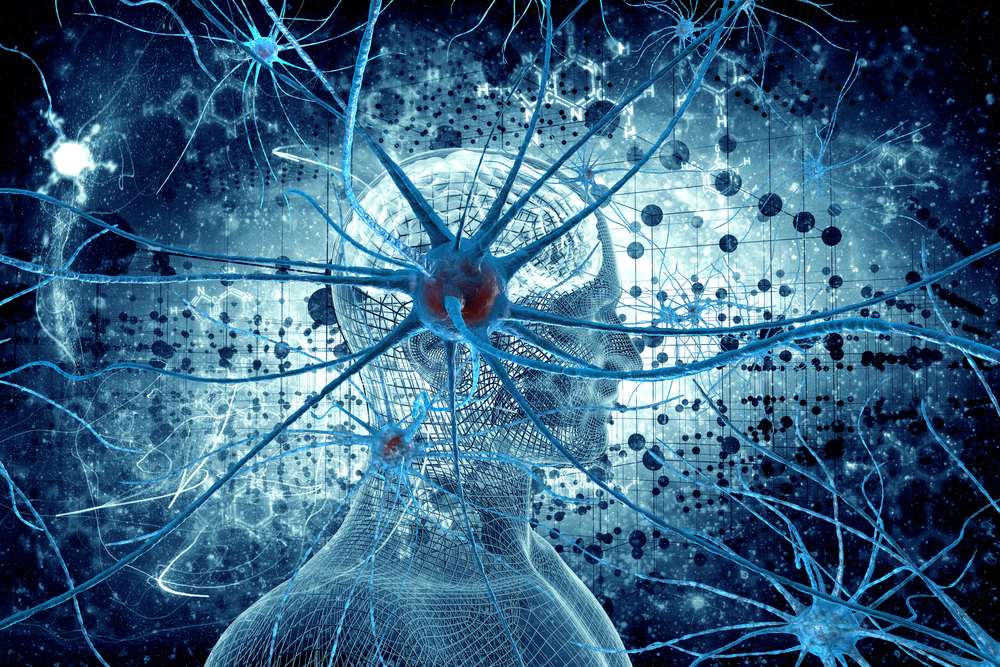Cell Transplant Restores Myelin Production in Brains of Adult Mice in MS Model
Written by |

Human glial progenitor cells — forerunners of nerve cells that protect and support neurons — transplanted into adult mice in a model of multiple sclerosis (MS) were seen to restore myelin production and motor function in the animals.
This study and others it builds on “establish an operational rationale for assessing the ability of hGPCs [human glial progenitor cells] to remyelinate demyelinated lesions of the adult human brain,” its researchers wrote, and may open the door to clinical trials in MS and other neurodegenerative disorders.
Their study, “Human Glial Progenitor Cells Effectively Remyelinate the Demyelinated Adult Brain,” was published in the journal Cell Reports.
Over the course of MS and other demyelinating diseases, a progressive loss of myelin — the fatty substance that wraps around and protects nerve segments, ensuring proper neuron communication — caused by the gradual loss of myelin-producing nerve cells, called oligodendrocytes, takes place.
In the specific case of MS, oligodendrocytes are destroyed by immune cells that enter and attack cells in the central nervous system (CNS; the brain and spinal cord). As this disease progresses and myelin becomes increasingly scarce, neurons are unable to communicate effectively with each other, leading to sensory, motor, and cognitive deficits.
Previous studies have shown that transplanting human glial progenitor cells — cells that give rise to nerve cells that support neurons, including oligodendrocytes — into newborn mice lacking myelin could restore its production and prolong the animals’ survival.
“Yet, it has been unclear whether implanted hGPCs are similarly able to remyelinate the diffusely demyelinated adult CNS,” the investigators wrote.
Researchers at the University of Rochester Medical Center (URMC) transplanted hGPCs into adult mouse models of progressive MS.
They found that once placed in the animals’ CNS, hGPCs were able to migrate and repopulate regions where oligodendrocytes had been destroyed.
Once there, hGPCs were also able to differentiate and give rise to new oligodendrocytes that started producing myelin. This, in turn, led to improvements in animals’ motor function, particularly on their ability to walk.
“By 18 weeks, the motor function and ambulation of transplanted … mice had improved overtly relative to untransplanted controls,” the researchers wrote.
“These data indicate the ability of transplanted hGPCs to disperse throughout the adult CNS, to broadly myelinate regions of dysmyelination, and also to be recruited as myelinogenic [myelin-producing] oligodendrocytes later in life,” the researchers wrote.
The team emphasized that these findings are relevant to other demyelinating diseases, including pediatric leukodystrophies, rare childhood disorders characterized by the abnormal development or destruction of myelin.
They “demonstrate that through the transplantation of human glial cells, we can effectively achieve remyelination in the adult brain, ” Steve Goldman, MD, PhD, a professor of neurology and neuroscience at the URMC, co-director of the Center for Translational Neuromedicine, and the study’s lead author, said in a URMC news story.
“These findings have significant therapeutics implications and represent a proof-of-concept for future clinical trials for multiple sclerosis and potential other neurodegenerative diseases,” he added.
Goldman has founded a start-up company, called Oscine Therapeutics, that is working to advance this experimental hGPC transplant therapy into patient testing. The therapy is now being evaluated by the U.S. Food and Drug Administration for possible use in clinical trials in MS and Huntington’s disease.





